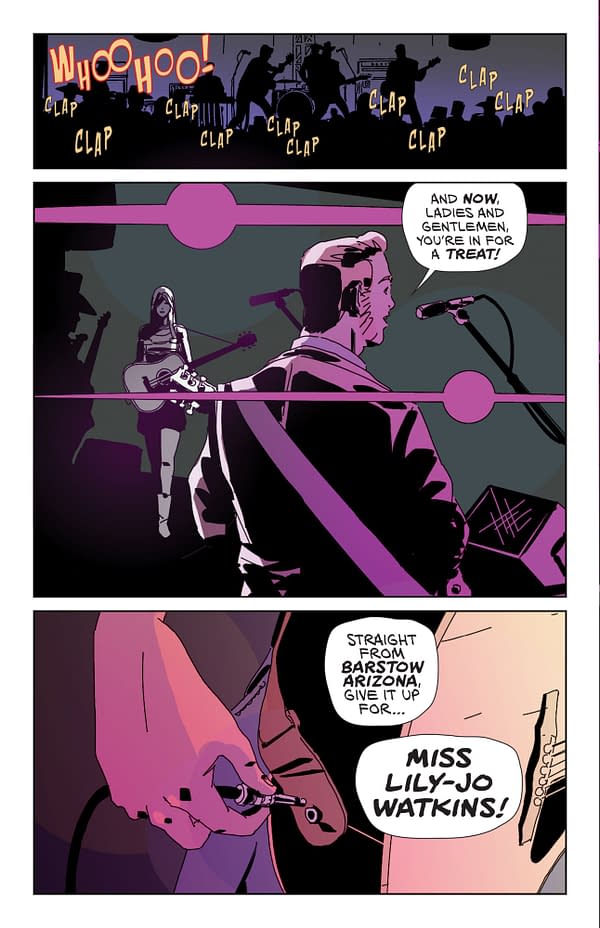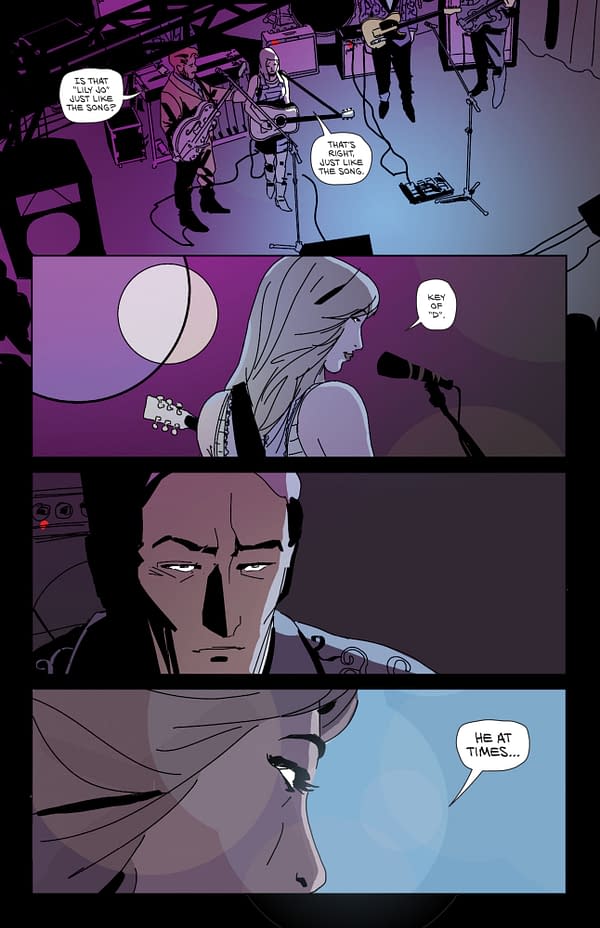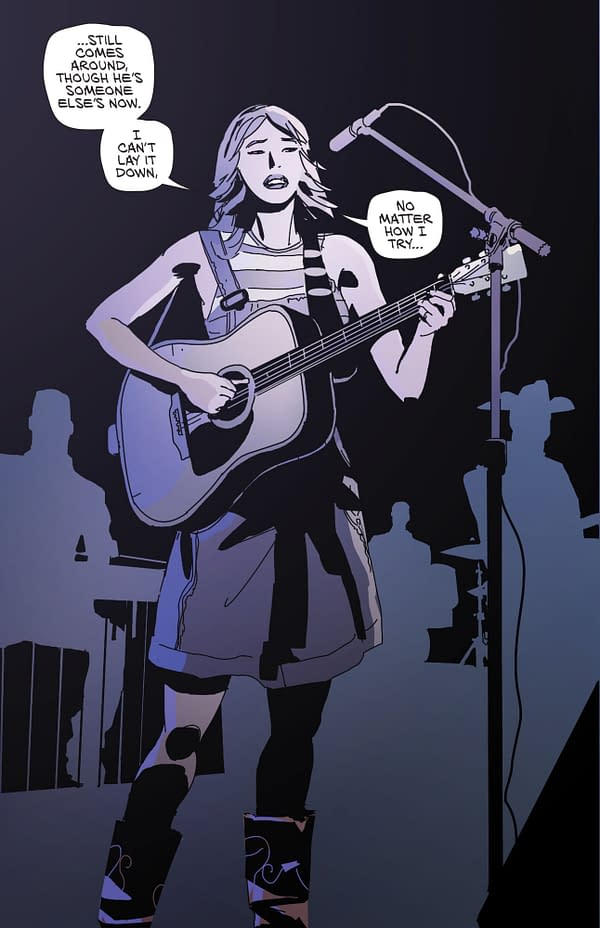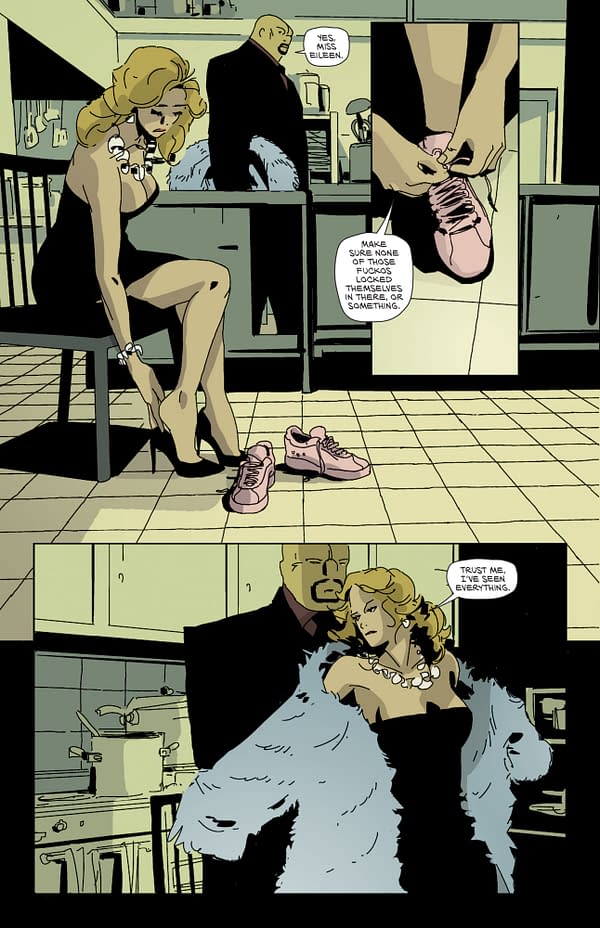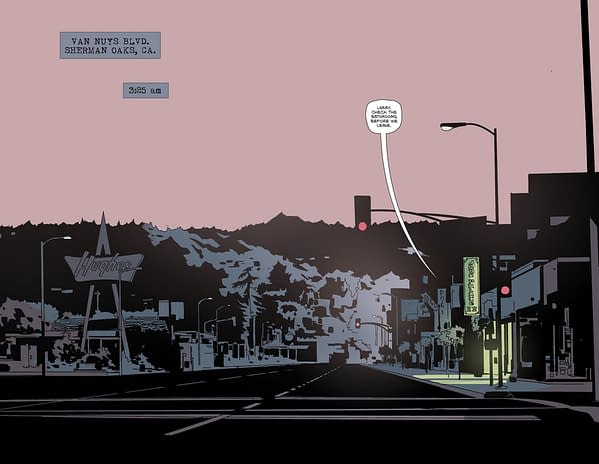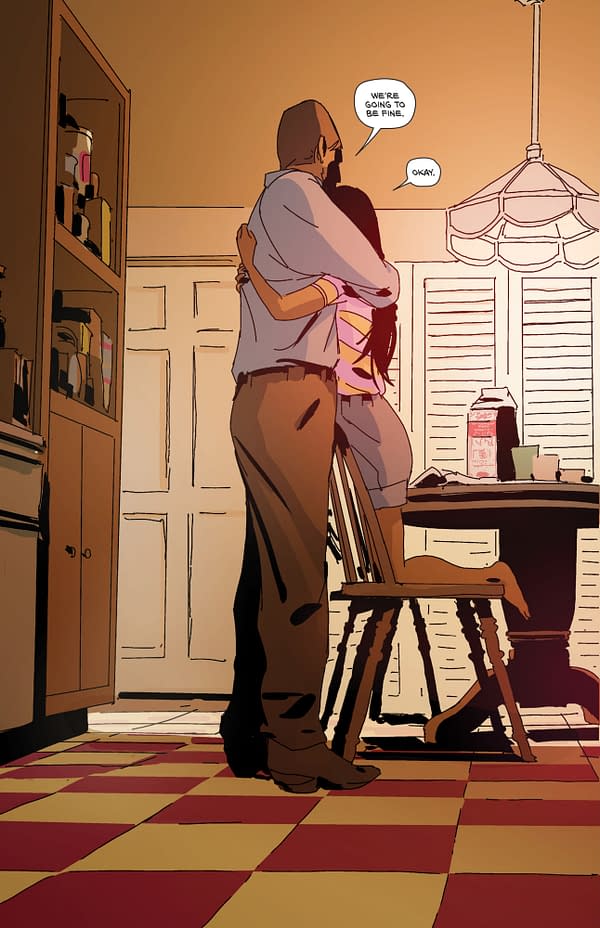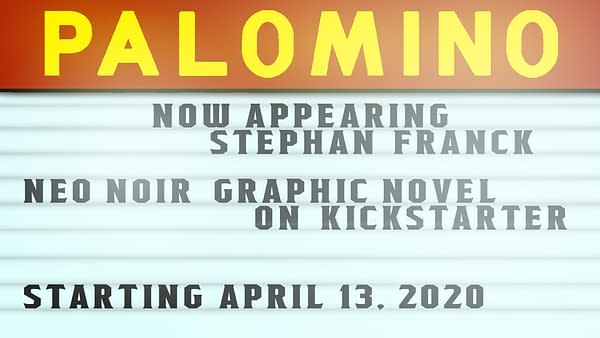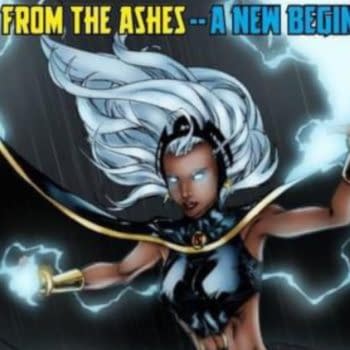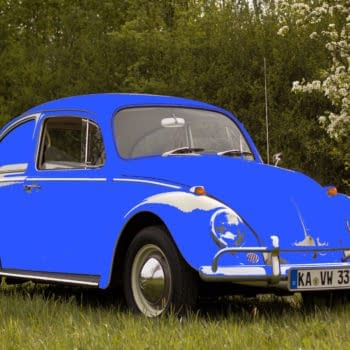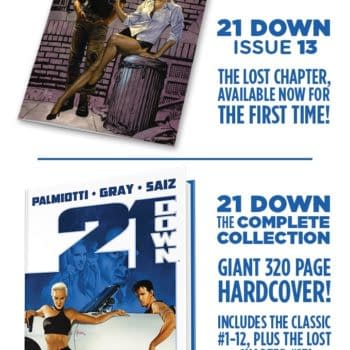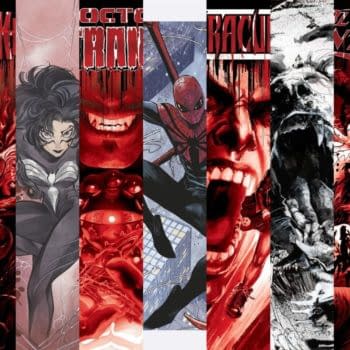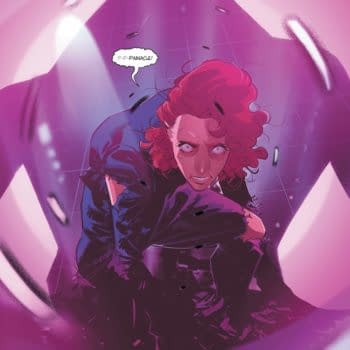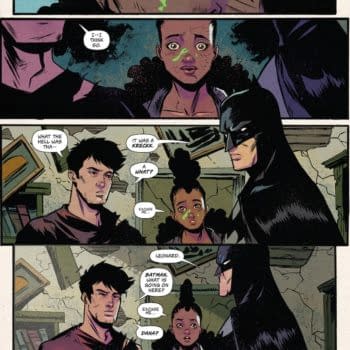Posted in: Comics | Tagged: kickstarter, Palomino, Stephan Frank
Stephan Franck Keeps His Ghosts In The Sunlight For Palomino
Stephan Franck is a French/American animator, writer, director, and comics creator. Supervising animator on The Iron Giant, and writer for Despicable Me, he co-created the animated TV show Corneil & Bernie. He was nominated for an Annie for directing The Smurfs: The Legend of Smurfy Hollow . He founded comic-book publishing and production company Dark Planet for the first volume of his graphic novel series Silver. He writes for Bleeding Cool about his latest project, Palomino;
Most people in LA come from somewhere else, and they come with a dream. In my case, the "somewhere else" was a small blue-collar town on the outskirts of Paris, France, and the dream was a burning desire to tell stories in animation, comics, and movies. It is following that path that, exactly 25 years ago, I arrived in Los Angeles. But while I came here seeking LA's artistic traditions, I knew next to nothing of the city itself. I had no real knowledge of its rich and diverse culture, nor any sense of the intangible texture of how it feels to live here. But while the career happened, so did life. Roots were dropped, and LA became my home and the place where I raised my family. Ultimately, the city itself became a part of the stories I had to tell, and it was very important for me to do it justice. Last year, my youngest daughter was still finishing college out of town as I was drawing my new graphic novel Palomino. When she said that some of the panels made her feel homesick, I knew I was on the right track.
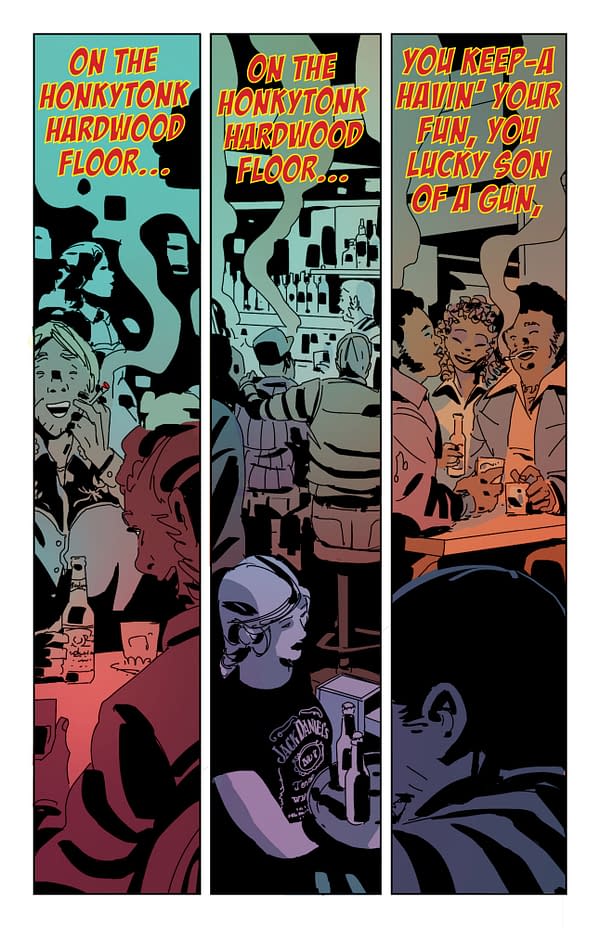
Palomino takes place in 1981 in the San Fernando Valley section of Los Angeles, and it is the story of Eddie Lang, daytime PI and nighttime steel guitar player at North Hollywood's historic Palomino Club. It also features Eddie's badass, hardboiled, bratty, old-soul and adorably confused teenage daughter Lisette. They are surrounded by a colorful cast of characters, all trying to figure out their lives, while tripping over a series of crimes inspired by real-life weird LA history. More than a backdrop, The Valley—and even more specifically Life in the Valley—is a key character in Palomino, and finding a way to transcribe the feeling of it on the comic book page in a way that felt specific and genuine was one of the book's most important challenges.
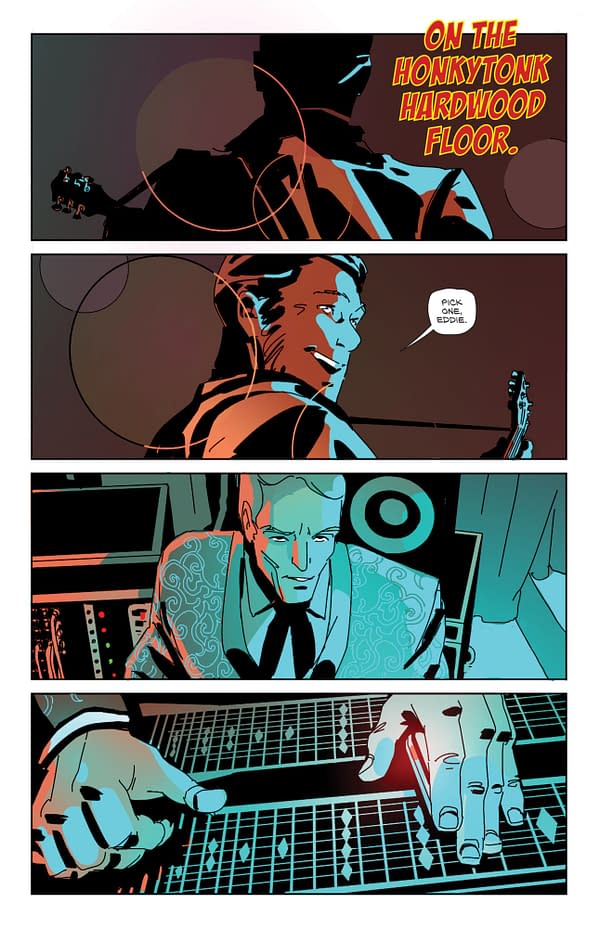
As you probably expect, Palomino has valley landmarks, and people might recognize Burbank's equestrian center, or various streets or strip malls. But even more importantly, it's the non-descript areas, such as Eddie and Lisette's little hillside ranch-style house in Sylmar, and the ability to capture the texture of their domestic and everyday life, that was the most important aspect. For instance there is a short section in the book in which Eddie drives around the valley, running a series of errands, and the intent is to capture that familiar sense that, under the sun-beaten apparent stillness of the Valley, everyone has a million things going on.
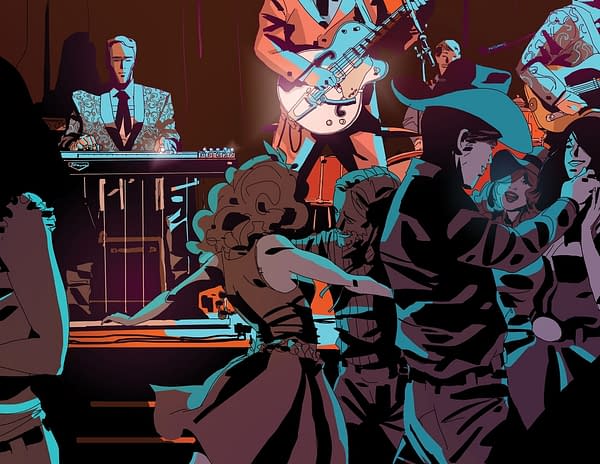
Nighttime scenes are always easier. They are naturally more dramatically lit, and the scarcity of light brings a natural focus to the image. It's the daytime scenes that are the most challenging. My previous graphic novel series Silver was a 1930's pulp adventure, and it presented itself as a Fritz Lang-esque expressionist black and white saga. Things lurked in the shadows, visually lunging out in dramatic ways. By contrast, I knew that Palomino's Southern California setting would mean that everything would be lit and out in the open. The ghosts wouldn't be concealed in literal black ink this time, but hidden in plain sight inside the characters, glistering in the Golden Hour light.
In addition to its larger crime story, Palomino looks for drama in the small things, such as the personal and domestic lives of its people. That is an aspect of my approach to making comics that is influenced by my experience as a filmmaker and animator. As I build my scenes, I often start with blocking. Having the characters interact with each other, but also with the space they inhabit. That is why I built the most important sets of Palomino as CG models and used them for reference. Not only does that provide consistency and specificity to the scene, but it also establishes a dramatic space for the characters to move through and interact with as their performance builds from panel to panel. I've heard it said that staging a compelling kitchen conversation is the perfect directing challenge. One of the key emotional scenes between Eddie and Lisette, which goes on for several pages, takes place in the tiny kitchen of their little Silmar ranch house. I built their kitchen, their house, and their entire block as a CG set, and it's one of my favorite scenes in the book. The specificity of the sets combined with the performance really helps capture the very texture of their life.
I used the same approach for the Palomino club itself. The club closed in 1995, which is when I arrived in LA, so I never had the chance to see it open. However, the structure still exists to this day as a banquet hall, and looks mostly the same as it was back then. I was able to walk through it in the middle of the day, look up at the stage, stand on stage, and generally soak up the spirit of the space. It wasn't hard to imagine what a night at the Pal might have been like. Then I took a thousand pictures and also built a CG model of that set. Interior, exterior, parking lot…the whole kit and kaboodle.
But having these sets is only the first step. Just as important, is knowing how to shoot them. Even for LA residents, it's impossible to disentangle our own experience of real-life LA from the mystical City of Angels of the movies. I would go so far as to say that you're not really see LA until you look at it through a movie lens. That's why, after creating my LA scenes from a place of pure storytelling and imagination, I go to my CG reference and shoot it in a way that unmistakably harkens back to 70's and 80's cinema. Sometimes just recreating my original layout, but sometimes pushing it by scouting around the CG sets to find a truer point of view.
Another important element of exploring life in LA was to capture the various social classes in a way that you can feel and place, from new-money TV stars in Reseda, to working-class people toiling away in the foothills of the hit-making machine. The way of life that we really feature, however, is one that has by and large disappeared with the times, and it is the Los Angeles working club musician. Back then, people had entire careers in the house bands of clubs like the Pal–clubs that had hundreds of people on weeknights. Musicians made a middle-class living and raised families by working at the club 5 or 6 nights a week, plus sessions, shows for local TV stations, etc… That life collapsed with the end of the Cold War, when the bottom fell out of the aerospace defence industry, hitting the San Fernando Valley and part of the LA basin hard from the late 80's to the mid 90's, and when, as Mike Stinson wrote it in his song "The Late Great Golden Stage", the last cowboy band left the stage. But back in 1981, at the time of our story, the cowboy is still king, and no one has any inkling that the music is about to stop–a feeling that is not without resonance with the world we live in today.
Of course, there is something about club life and musicians that is not quite the same as "civilian life". It is the nightshift. The other side of life. And that is the PALOMINO's connection to the great tradition of LA noir crime stories. There is something about the California Dream that is unique and different from the American-Dream at large. The California Dream is a specific personal dream that most of those who come out west bring with them. Some get lucky, some get hurt, but that pursuit, to me, is at the heart of the LA noir ethos. Hopeless romantics who hide behind an armor of cynicism, but can never manage to keep the armor on.
When I first stepped outside the Bradley terminal 25 years ago, I immediately felt that this is a town that you either love or hate at first sight. For me, it was love, and 25 years later, its stories and its ghosts have become mine–or I've become theirs. Who's to know for sure?
You can back Palomino on Kickstarter here.


